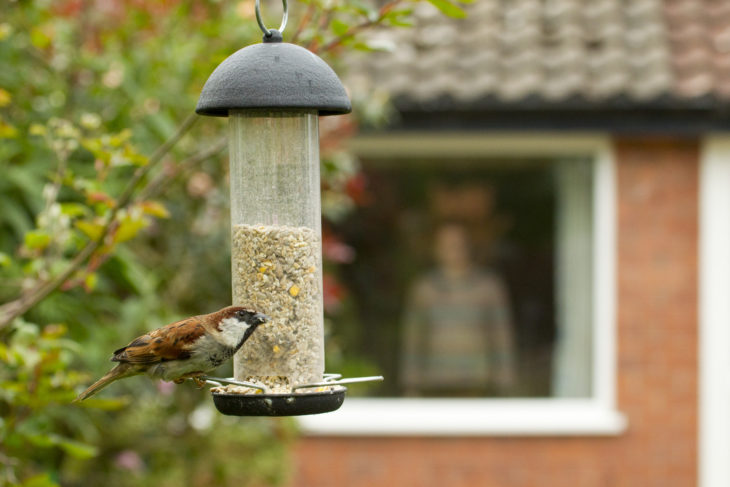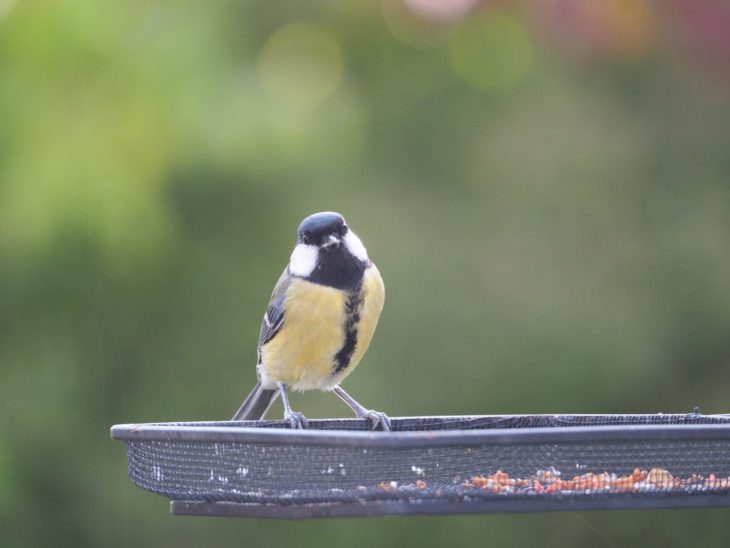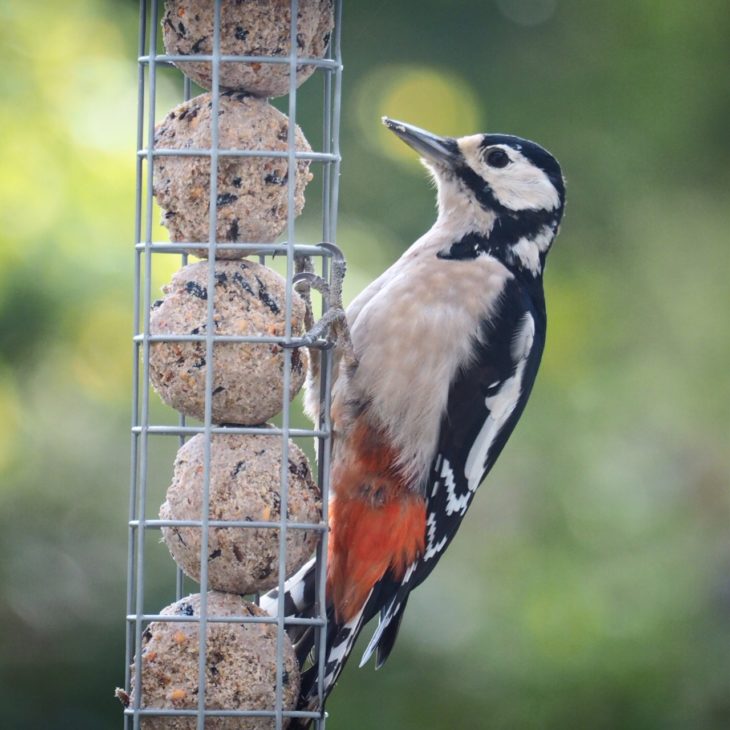Putting food out for garden birds is an easy thing to do which can make a real difference to the survival of our feathered friends, especially during the cold winter months.
Here is a short guide from Vine House Farm to help you get the most out of feeding the birds in your garden.
Different foods
There are five main types of bird food:
- Straight seeds – these are seeds that aren’t mixed with anything and include black sunflower, niger, oil seed rape, peanuts, and red and white millet.
- Seed mixes – these contain different blends of seeds, the main advantage being that a greater mix of seed types will attract a greater variety of bird species.
- Husk-free seed mixes – similar to the above but with the husks removed, meaning that there is less mess to clear up under the feeder and birds which can’t crack husks (e.g. blackbirds) can also eat the mix.
- Suet (also called fat) – this comes as blocks, balls and pellets. Lots of birds will feed on suet as it provides a vital source of energy for them, particularly in the winter months.
- Mealworms – live mealworms are a brilliant food to provide in spring for the breeding and fledgling season.

There are also some foods that you should not put out for birds:
- Milk – birds have not evolved to digest milk and in fact, it can be lethal to them.
- Bread – whilst birds can digest bread, the amount of nutrition that bread provides is very low, so they are much better to fill up on more energy-rich foods.
- High-salt foods – foods such as crisps or salted peanuts can make birds excessively thirsty and could lead to dehydration.
- Fat from cooking – fat left over from a roast dinner is not suitable to put out as it can be very salty and may clog up a bird’s feathers.
- Mouldy food – some mouldy foods contain bacteria that can cause infections in birds, so are best avoided entirely.

Different feeders
Different types of feeders are designed for different types of food, but the other consideration is that some birds prefer, or can only use, certain types:
- Hanging seed feeders are for straight seeds and seed mixes, and are primarily used by finches and tits. If your feeder has rounded rather than straight perches, robins will also use it.
- Hanging niger feeders are exclusively for niger seed because they have much smaller holes to prevent the seeds from pouring out.
- Hanging mesh and cage feeders for peanuts and suet pellets are used by a wide range of birds including finches, tits, sparrows, nuthatches and great spotted woodpeckers.
- Squirrel-proof versions of all of the above (except the niger feeder) have an outer cage which lets small birds in, but keeps squirrels and larger birds out.
- Ground feeders are essentially a tray which sits just off the ground and are ideal for species such as blackbirds, song thrushes, dunnocks and collared doves that can’t use hanging feeders.

Other things to remember
Positioning: try to keep it in a relatively open area where cats have nowhere to hide and pounce. If you don’t have a tree to hang feeders on then a feeding station which pushes into the ground is the best solution.
Cleaning: it’s vital to keep bird feeders clean to reduce the chance of diseases spreading. A range of products such as feeder disinfectants and brushes are available through the Vine House Farm website.
Water: it’s just as important as food to most garden birds, not just for drinking but also bathing. Putting a bird bath in and ensuring that the water is kept clean will make your garden all that more appealing. During the winter, you may need to break the ice or put out fresh water on a daily basis.
For more information on feeding birds in your garden, visit Vine House Farm’s online Advice Centre.
